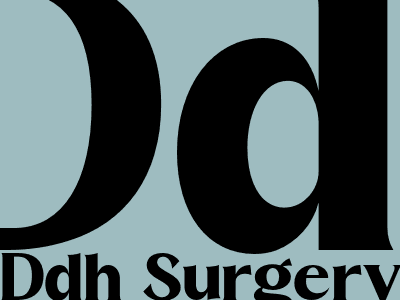Ddh Surgery: A Comprehensive Guide
What is DDH Surgery?
Developmental dysplasia of the hip (DDH) is a condition that affects the hip joint. It occurs when the hip joint does not develop properly, causing the hip to be unstable or dislocated. DDH surgery is a procedure that is used to correct the hip joint and improve its stability.
Types of DDH Surgery
There are two main types of DDH surgery: open reduction and closed reduction.
- Open reduction is a surgical procedure in which the hip joint is opened up and the bones are repositioned. This type of surgery is usually performed on older children or adults.
- Closed reduction is a non-surgical procedure in which the hip joint is manipulated back into place without opening up the joint. This type of surgery is usually performed on younger children.
Benefits of DDH Surgery
DDH surgery can provide a number of benefits, including:
- Improved hip stability
- Reduced pain
- Increased range of motion
- Improved walking ability
Risks of DDH Surgery
As with any surgery, there are some risks associated with DDH surgery. These risks include:
- Infection
- Bleeding
- Nerve damage
- Hip stiffness
Recovery from DDH Surgery
The recovery from DDH surgery typically takes several weeks. During this time, it is important to follow your doctor's instructions and to gradually increase your activity level. Most people are able to return to their normal activities within a few months.
Conclusion
DDH surgery is a safe and effective procedure that can improve the hip joint and its stability. If you are considering DDH surgery, it is important to discuss the risks and benefits with your doctor.

Comments